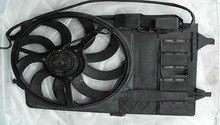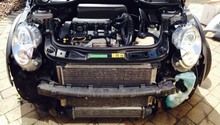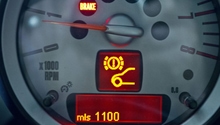Mini Cooper 2001-2006: Why is My Car Overheating?
Cooling system issues can damage your engine in a hurry if not promptly tended to. Many individuals make the mistake of continuing to drive with excessive engine temperatures and, as a result, cause costly engine damage that otherwise would not have occurred. If you begin to experience an overheating engine, shut the car off immediately and address the issue(s) as soon as possible.
This article applies to the Mini Cooper and Cooper S (2001-2006).
Each system on a vehicle plays an important role in providing trouble-free operation, but there is no denying that a car will not make it very far without a fully functioning cooling system. Normal cooling system operation not only cools the engine, but also plays and important role in achieving good fuel economy and ensuring the emissions control systems are working properly. Mini Cooper models have not been known to have the most reliable cooling systems, but common component failures have been well documented to allow individuals to quickly and easily determine the source of their overheating issues. A cooling system issue that is causing engine overheating is not something that should be taken lightly, as excessive engine temperatures can lead to engine damage and hefty repair bills. With a bit of preventative maintenance and even a few updated components, your cooling system will be capable of thousands of trouble-free miles. This article will outline several common issue that can cause the first generation Mini Cooper and Cooper S to overheat.

Materials Needed
- 50/50 diluted BMW/Mini coolant
- Flashlight
- Rags/gloves
Step 1 – Check coolant level
The most common cause of overheating issues stem from a low antifreeze coolant level, often due to leaks. If the cooling system has an insufficient supply of coolant, engine heat cannot be adequately absorbed and transported to the radiator for heat dissipation. Check the coolant level in the coolant expansion tank and be sure it is properly filled. Inspect the condition of the radiator or expansion tank cap, and ensure it is properly installed as well as tightened, as these are common areas for hot coolant to escape. Also, inspect various cooling hoses and gasket mating surfaces, such as the thermostat housing, for leaks. Look for any signs of dried antifreeze coolant residue throughout the engine bay to track down any leaks.
(Related Article: How to Replace Coolant - NorthAmericanMotoring.com)

Pro Tip
The thermostat housing and coolant expansion tank are two of the most prominent areas from which a Mini can lose its coolant.
Step 2 – Check cooling fan
The Mini Cooper and Cooper S models feature an electric cooling fan to circulate air through the radiator when coolant temperatures reach 221 F degrees. The cooling fan should also switch on when the air-conditioning system is in use and system pressure reaches 8 bar (116 psi). Unfortunately, many owners have had cooling fan issues that cause the car to overheat when idling or while moving slowly in traffic. If your water temperature remains cool while at speed, but seems to only get hot when the car is stationary, chances are that something in the cooling fan circuit is amiss. Check the fuse for the cooling fan to ensure it is not blown. If the low-speed fan function has ceased, the low-speed fan resistor is faulty. Issues with the high speed fan can be linked to the fan relay. If the fan has zero functionality, chances are the fan motor has seized and needs to be replaced.
(Related Article: How to Replace Radiator Fan - NorthAmericanMotoring.com)

Pro Tip
The power-steering cooling fan and engine cooling fan shared the same wiring on 2002 Mini models, regularly resulting in blown fuses and loss of fan operation. A recall was issued to separate the circuit and eliminate this issue.
Step 3 – Check thermostat
The function of the thermostat is to block off the flow of coolant to the engine when the engine is cold, to allow it to quickly reach operating temperature. Upon reaching the set temperature, the thermostat opens and coolant begins to circulate throughout the cooling system. Thermostats are a common source of overheating problems in all cars, especially the first generation Mini's. A thermostat that is stuck in the closed position will cause the car to overheat in a matter of minutes, regardless of the speed in which the car is moving. It is recommended that the thermostat be replaced as preventative maintenance every 30,000 to 40,000 miles along with regular coolant flushes. Additionally, it is very important that the cooling system is bled of all residual air to prevent overheating. With the rearward incline of the engine, air can easily become trapped in the top of the cylinder head if not properly bled.
(Related Article: How to Replace Thermostat - NorthAmericanMotoring.com)
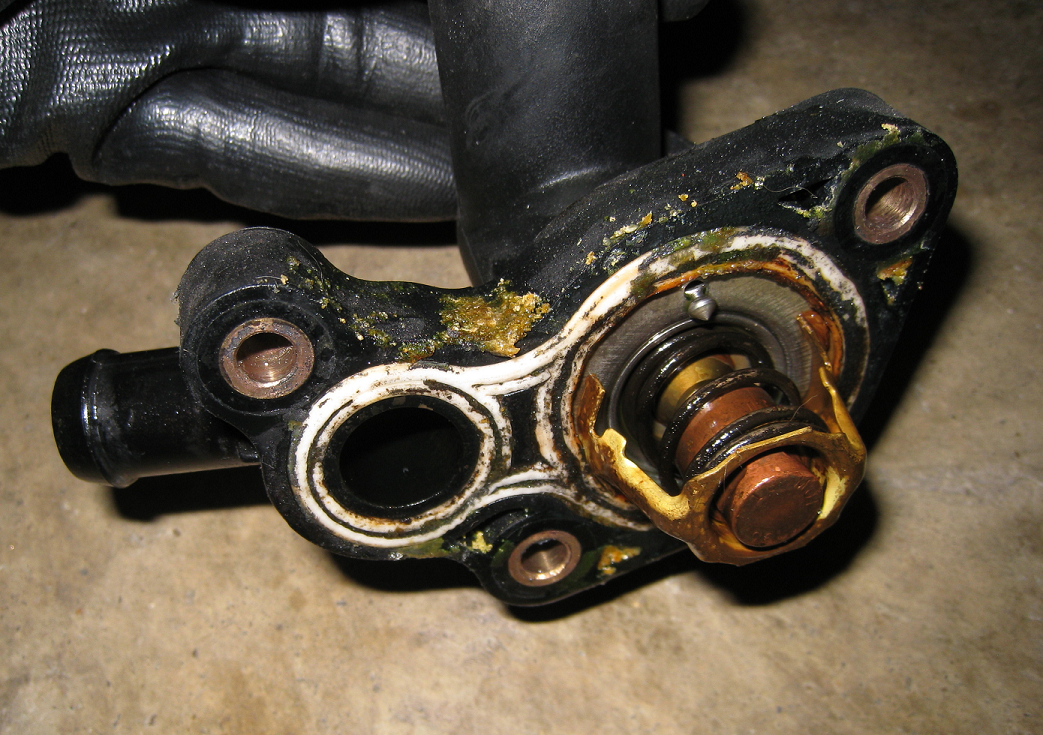
Pro Tip
The function of the thermostat can often be determined using a diagnostic computer. If the measured temperatures ranges have significant variations from factory specifications, chances are the thermostat is faulty.
Step 4 – Water pump
The water pump is driven off of the serpentine belt, or in the case of the Cooper S, driven off of the supercharger, and is the component responsible for circulating coolant throughout the cooling system. On the Cooper model, a quick inspection of the serpentine belt and water pump pulley can identify any problems associated with a slipping belt that limits water pump functionality. A bad water pump bearing and subsequent coolant leak from the pump weep hole is typically the primary way in which a water pump failure will occur, but it is not uncommon to also see a breakdown of the composite impeller blades used on modern water pumps, and as a result, decreased water pump efficiency and potential engine overheating.
(Related Article: How to Replace Water Pump - NorthAmericanMotoring.com)
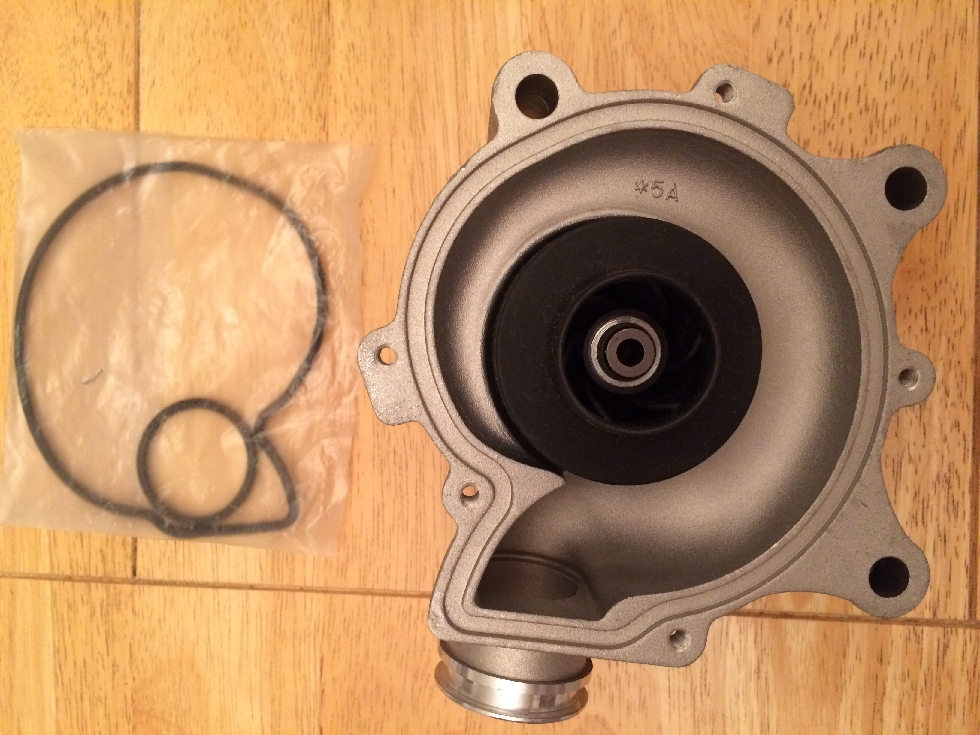
Step 5 – Head gasket
Mini Cooper models have been notoriously hard on head gaskets if the engine has been allowed to overheat. A failed head gasket will compound any overheating issues because the cylinder head can warp and often allow the hot combustion gases to enter the cooling system or vice versa. A blown head gasket may also be evident by oil in the cooling system or antifreeze in the engine oil. A compression or leak-down test is a quick and easy way to determine if the head gasket is bad without tearing into the engine. Similarly, the cooling system can be pressurized to check for head gasket leaks.
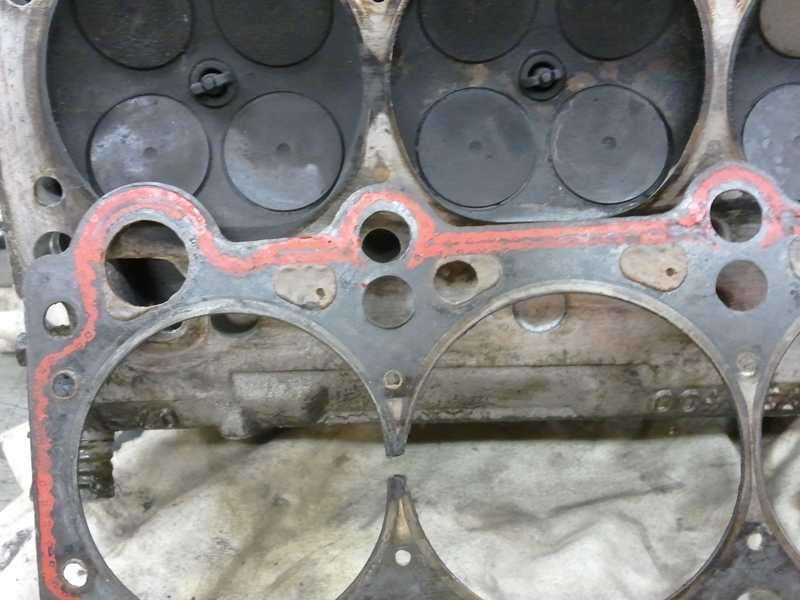
Related Discussions
- Still Having Coolant Issues - NorthAmericanMotoring.com
- Coolant Loss - NorthAmericanMotoring.com
- Overheating, Mechanics Can't Find Problem - NorthAmericanMotoring.com
- R53 Mini Overheating - NorthAmericanMotoring.com
- Losing Coolant - NorthAmericanMotoring.com


